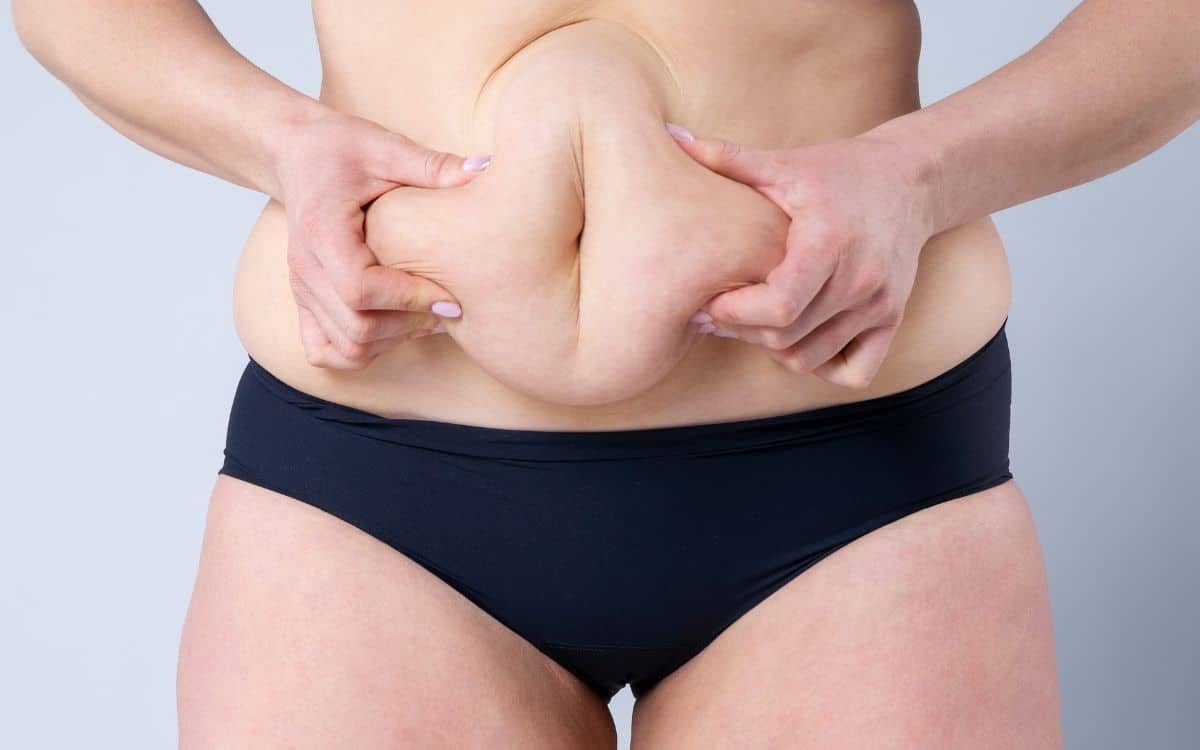Obesity is defined as the body mass index (BMI) of 30; where BMI is the weight in kilogram divided by the square of the height in meters. Associated disease conditions are major reasons why obese individuals seek treatment because they significantly reduce the quality of life.
Dietary and lifestyle adjustments may be insufficient to achieve a satisfactory weight reduction that will ensure resolution of obesity-associated disease conditions especially in morbidly obese individuals (those with BMI of 40).
The above therefore necessitate more efficient treatment for weight reduction. Bariatric surgery is now the solution for obese people hoping to achieve significant weight loss. This may be restrictive or malabsorptive depending on how these operations induce weight loss.
Most Commonly Performed Bariatric Surgery
Gastric sleeve surgery is one of the most commonly performed bariatric surgeries for morbidly obese patients. It is a form of restrictive surgery that reduces the capacity of the stomach by about 80-90% leaving a banana (sleeve) shaped 10-20% to serve as the stomach. This leads to the sensation of fullness following ingestion of small amount of meal with the overall aim of reducing the individual’s food intake.
The surgery can be done by the laparoscopic or open approach. Laparoscopic surgery is a minimally invasive surgery where one or more small holes (ports) are created in the anterior abdominal wall to gain access to the abdominal cavity. The ports serve as entry points for laparoscopic equipment and also the exit point for the resected portion of the stomach.
Open Surgery With a Large Incision
This is in contrast to an open surgery that involves making a large incision (cut) in the anterior abdominal wall to gain access to the abdominal cavity. However, open surgery gives better access and view of the entire intra-abdominal organs but a bigger scar.
If you undergo an open gastric sleeve surgery, your surgeon may make your scar cosmetically acceptable by ensuring the use of appropriate technique and suture during the closure. Proper layer to layer opposition and avoidance of tension while suturing the skin will result in a fine linear scar.
Laparoscopic surgery has the advantage of reducing operative complications such as hemorrhage and pain. It also reduces peritoneal contamination, duration of healing and the length of hospital stay. It may, however, be converted to an open surgery if complication arose during the procedure.
Will There Be a Scar After Laparoscopic Gastric Sleeve Surgery?
One of the advantages of laparoscopic surgery over an open surgery is that it produces injuries that are smaller, less conspicuous, and cosmetically acceptable. The final appearance of the scar(s) however, depends on the number of ports created, the size of the laparoscopic equipment used and the skills of the surgeon.
The first port is usually formed at the umbilicus (your belly button). Thus, in a single incision laparoscopic gastric sleeve surgery, this will be the only incision that will serve as entry point for the laparoscopic equipment as well as the exit point for the resected stomach. Although this incision is usually full, it is concealed by the belly button and the scar after healing will be inconspicuous and cosmetically acceptable.
For multiple-port laparoscopic gastric sleeve surgery, about 4-5 incisions are made in the anterior abdominal wall. All these serve as points of introduction of laparoscopic equipment into the abdominal cavity while only one acts as an exit for the resected portion of the stomach. Each incision is about 0.5-1.2cm. This leaves 4-5 small scars that may be flat and acceptable or raised scars depending on individual characteristics.

The Incision Will Cause a Fine Scar
Making the incisions along the direction of skin crease will also result in a fine scar. This is where the expertise of your surgeon plays a significant role in determining the final appearance of your scar(s). Closing the skin under tension may lead to wound breakdown resulting in healing by secondary intention with ugly scar formation.
Other factors that may also influence the final appearance of your scar include wound infection, smoking, and predisposition to keloid formation.
Wound infection following laparoscopic or open gastric sleeve surgery will prevent wound healing by primary intention. Healing by secondary intention or by secondary wound closure often leads to the formation of an ugly scar. Thus preventing wound infection indirectly prevents unsightly scar formation.
Although the abdominal wall is not a common site for keloid formation, Individuals who are keloid formers may still end up with keloid formation at the incision site(s). This gives ugly scar(s) with the additional problem of itching. Smoking also impairs wound healing and may lead to scar formation. You should, therefore, stop smoking before and after your gastric sleeve surgery.
Laparoscopic vs Open Surgery
In conclusion, gastric sleeve surgery is an effective surgical treatment for obesity. Both laparoscopic and open approaches are available, and the type of scar following this surgery varies. The laparoscopic approach is preferred to open surgery as the former is associated with smaller scar(s) that are cosmetically acceptable.
Factors that may lead to unsightly scar such as wound infection, smoking, poor surgical technique, etc. should be avoided. However, the overall benefits of this surgery regarding weight loss and resolution of associated disease conditions outweigh the cosmetic aftermath of the surgery.





